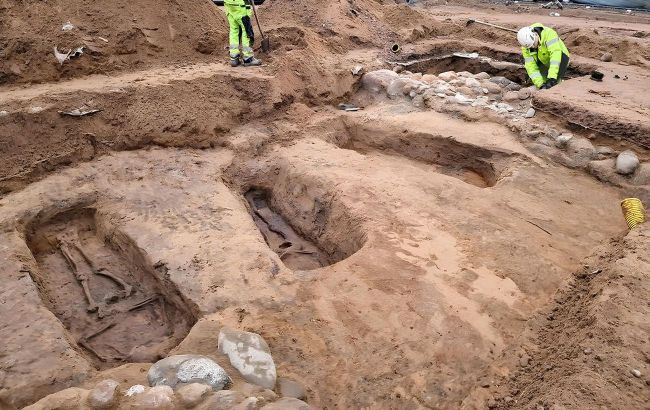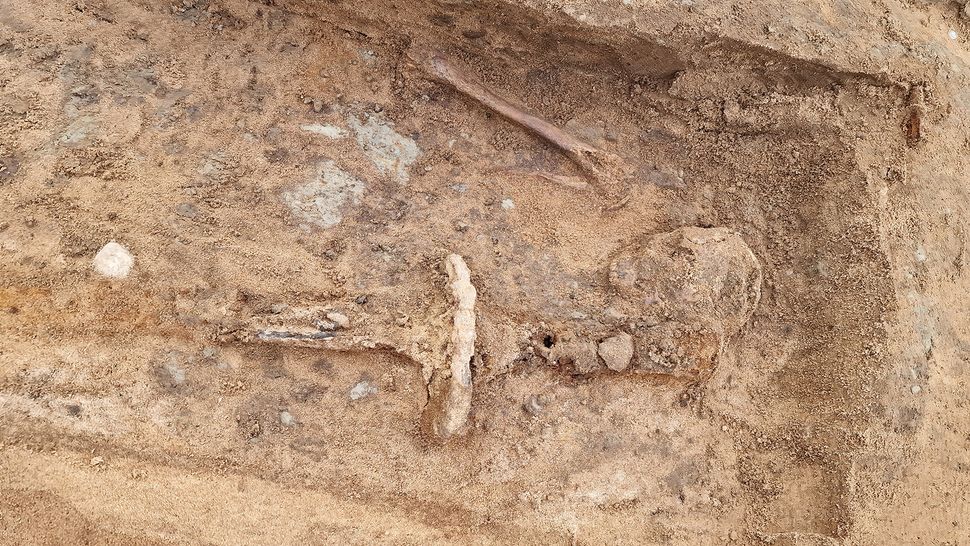Burial site of giant with massive sword discovered in Sweden
 Buried individual may have noble lineage (Photo: Live Science)
Buried individual may have noble lineage (Photo: Live Science)
In the city of Halmstad in Sweden, a medieval burial of a tall individual has been discovered. Presumably, his height reached 1.9 meters during his lifetime. This has surprised archaeologists, considering that, on average, men in Sweden in the early 16th century had a height of about 1.65 meters, reports Live Science.
The discovery was made during archaeological excavations at Lilla Torg (Little Square) in the city center, where a Franciscan male monastery was previously located, built in 1494.
In the uncovered grave, a massive sword was found, with a length almost two-thirds of the buried person's height - 1.3 meters. It belongs to the category of hand-and-a-half swords, primarily designed for two-handed use, but its weight also allowed for a convenient one-handed grip.
Despite the sword being made of rust-prone iron, it was found to be in good condition, archaeologists note. However, it's worth mentioning that the blade near the base of the hilt is slightly damaged.
 Remains of the sword found in Sweden (Photo: Live Science)
Remains of the sword found in Sweden (Photo: Live Science)
This sword turned out to be the only item of the burial ritual found among 49 burials in this area. Perhaps this suggests that the buried person had noble origins.

The length of the sword is 1.3 meters (photo: Live Science)
"We hypothesize that he was part of the high nobility of the Kalmar Union, and may have owned property in both Sweden and Denmark. These people became very, very powerful," said excavation leader Johan Klange.
Scientists plan to identify the individual through DNA analysis, and the examination is expected to be conducted soon.
Earlier, we reported the discovery of an ancient star map drawn 2,500 years ago.
We also have a piece about a 5,000-year-old rock carving resembling the biblical description of the birth of Christ.

